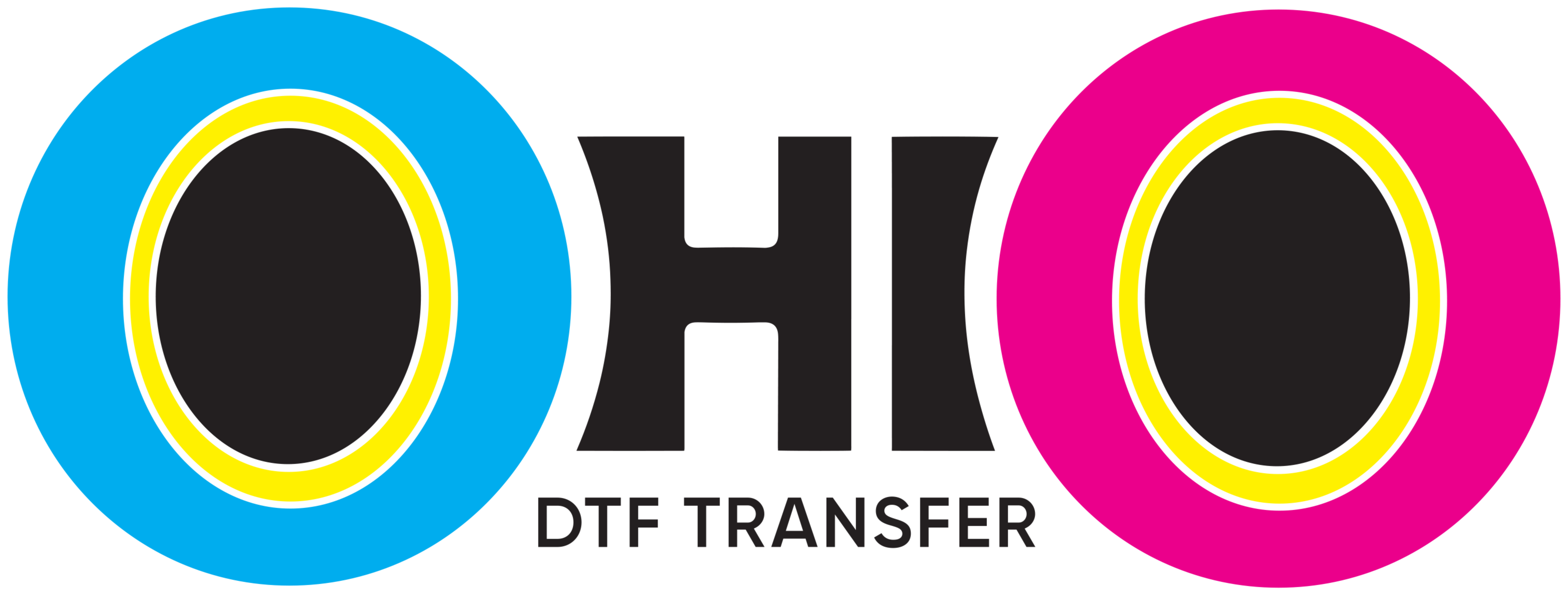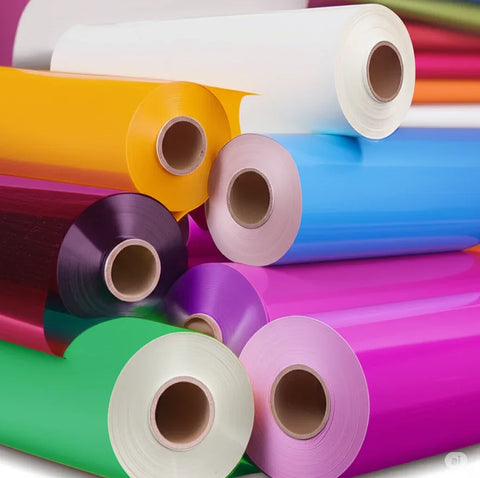DTF Transfer Size Guide – Mastering the Right Fit for Every Print
In the world of DTF printing, one thing matters as much as design quality: the correct size. Choosing the right dimensions for your transfer is what makes a print look professional. This DTF Transfer Size Guide will help you pick the perfect size for any project.
Whether you’re printing for personal use or running a business, using the right transfer size saves time, reduces waste, and ensures customer satisfaction. Let’s break down what you need to know.
Why Size Matters in DTF Transfers
It’s easy to focus only on the design itself. But the size of your transfer is just as important. If it’s too large, it might overwhelm the garment. Too small, and the design may get lost. Correct sizing helps with balance, visibility, and product appeal.
DTF printing works across many garment types, including t-shirts, hoodies, sweatshirts, baby clothes, caps, and more. Each item requires a different transfer size to look right. That’s why following a clear DTF Transfer Size Guide helps every time.
Standard Transfer Sizes for Clothing
When working with t-shirts, the most common transfer area is the chest. For a small shirt, a chest print might be around 8 by 10 inches. For medium to large sizes, a 10 by 12 inch print fits better. Oversized shirts can take larger designs, such as 12 by 14 inches or more.
Back prints are usually larger than front prints. A standard back design might range from 10 by 12 inches up to 14 by 18 inches, depending on the shirt size.
For small designs, such as logos on the upper chest or sleeve, sizes between 3 to 5 inches wide are common. These are used on pockets, sleeves, or hats. Smaller prints are great for brand logos or simple icons.
DTF Printing for Children and Baby Clothing
Kids’ clothing needs extra attention when it comes to sizing. The available space is smaller, and designs must be sized appropriately. For babies, a 5 by 5 inch design is typically enough. For toddlers or young kids, you might go up to 6 by 8 inches.
A big mistake in DTF printing for children is using adult sizes. It ruins the balance and makes the design look out of place. The DTF Transfer Size Guide helps you avoid this by recommending realistic, effective dimensions.
Matching Size to Garment Type and Fit
Tight-fitting clothes require smaller, centered prints. Loose or oversized garments allow for larger, more creative designs. Always consider how the garment will be worn and how the design will sit on the fabric.
Sweatshirts and hoodies, for example, usually need larger transfers than regular t-shirts. Full front prints are popular, especially in streetwear. In this case, the ideal size may be around 12 by 16 inches or more.
When printing on sleeves, use narrow and long dimensions. Designs that run vertically along the sleeve look better when kept between 2 to 4 inches wide, with a length of up to 10 inches.
Design Preparation and Sizing Tips
Even the best size can fail if your design isn’t prepared properly. Always create your artwork at the exact dimensions you plan to print. Use high resolution—300 DPI or higher is ideal.
Keep text legible. Avoid placing important elements too close to the edge. Leave a safe margin. This ensures that nothing gets cut off or distorted during the press.
If your design includes multiple elements, consider the spacing between them. Sometimes, breaking a design into separate parts works better than forcing it into one large piece.
Avoiding Common Sizing Mistakes
One common error is using one standard size for every garment. While it may save time, it usually leads to awkward results. A one-size-fits-all approach doesn’t work in DTF printing.
Another mistake is not considering the fabric. A thick hoodie may compress the design slightly, making it appear smaller than expected. Thin fabrics stretch more, which may affect how the print looks when worn.
Testing is key. Before starting a full production run, test your design and size on a sample garment. Adjust if needed. The DTF Transfer Size Guide is not just about numbers—it’s also about how your print looks in real life.
Final Thoughts
Choosing the right transfer size is an art. It takes some trial, some measurement, and a good sense of balance. But once you master it, your prints will stand out.
This gives you the foundation to create better prints. It helps you avoid beginner mistakes and improves the overall look of your products.
Size matters. And with this guide in hand, you’ll always get it rig





